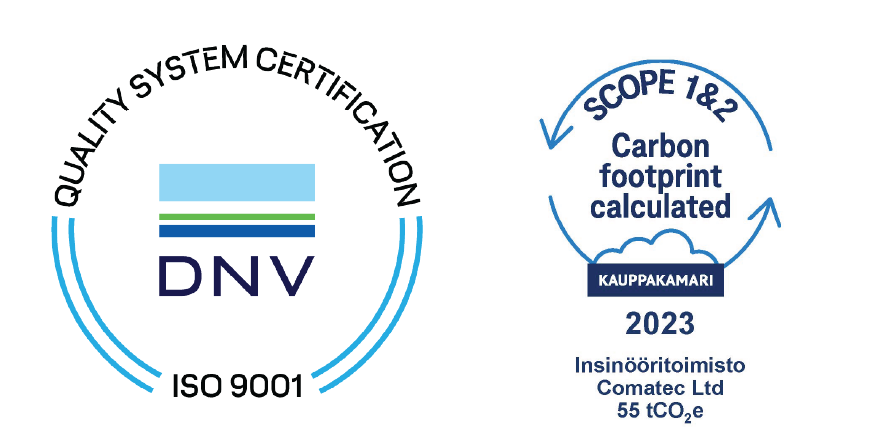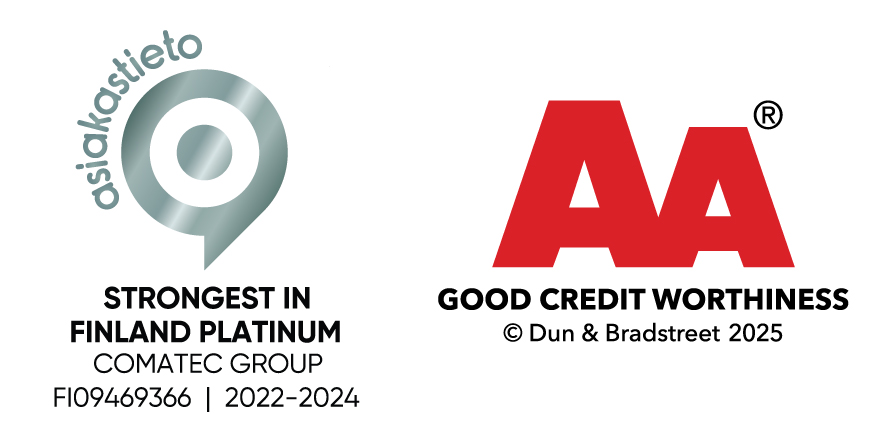
Power in cooperation – design of a conveyor system for a ferrochrome plant
This article may contain outdated information.
Outokumpu’s Tornio plant is located in Räyttälä at the mouth of River Tornionjoki on the Bay of Bothnia. The plant produces ferrochrome and various kinds of hot or cold rolled stainless or acid-resistant steel coils, sheets and plates. To double the production of ferrochrome, the plant has been expanded by building a new smelter and sintering plant. In 2011, Tormets Oy from Tornio was commissioned to implement a conveyor system for the whole ferrochrome production. In this project called F3 Project, Tormets’s partner in the design of the conveyor was Oucons Oy, with which mutual cooperation dated back a long time.
“We chose Oucons as a partner for this project, because we knew we could count on their project expertise concerning ferrochrome and the sintering plant”, says Tormets’s CEO Kari Rantamaa.
“As a matter of fact, also Outokumpu had a full confidence in Oucons’s expertise, and Oucons’s participation in the project was a significant factor when the decision to commission the project to us was made.”
Outokumpu, Tormets and Oucons have a long-term cooperation relationship dating back to the 1980’s, when the first conveyor projects were implemented. There was already strong mutual confidence among the parties that cooperation would work.
“Everything has gone as planned. Oucons’s expertise has been highly valued”, Rantamaa states.
“Some of the belt conveyors designed by Oucons were installed indoors, some of them outdoors. The widths of the belts vary from 650 to 2200 millimetres. The longest conveyor that transfers raw materials from the dosing station to the smelter is 307 metres long and the hoisting height is 57 metres. This conveyor, which was installed on a thermally insulated bridge equipped with a maintenance corridor, was part of the design project”, Jorma Väänänen describes Oucons’s contribution to the project.
“Planning in the tender phase, during which Oucons Oy prepared the technical specifications, power and mass calculations and component lists, took place in December 2010.”
“The actual layout and foundation design was started in January 2011, and most of it was completed in May. Work on the technical drawings of the first conveyors for the smelter was started at the same time”, Jorma Väänänen continues.
The design work was carried out in teams of 4-6 designers and the work took about one and a half years.
Oucons’s share of the project, including documentation, was completed in September 2012. By now, the new part of the plant is already in use.
“As to Tormets, the project has taken two and a half years, and there is still some work to be done”, Rantamaa states.
“In terms of time, extent and money, this has been the largest project that Tormets has completed in its history. In 2011, the value of the deal was more than our turnover, and the project has taken about half of our capacity for two and a half years.”
TEXT: TAINA SYRJÄNEN



